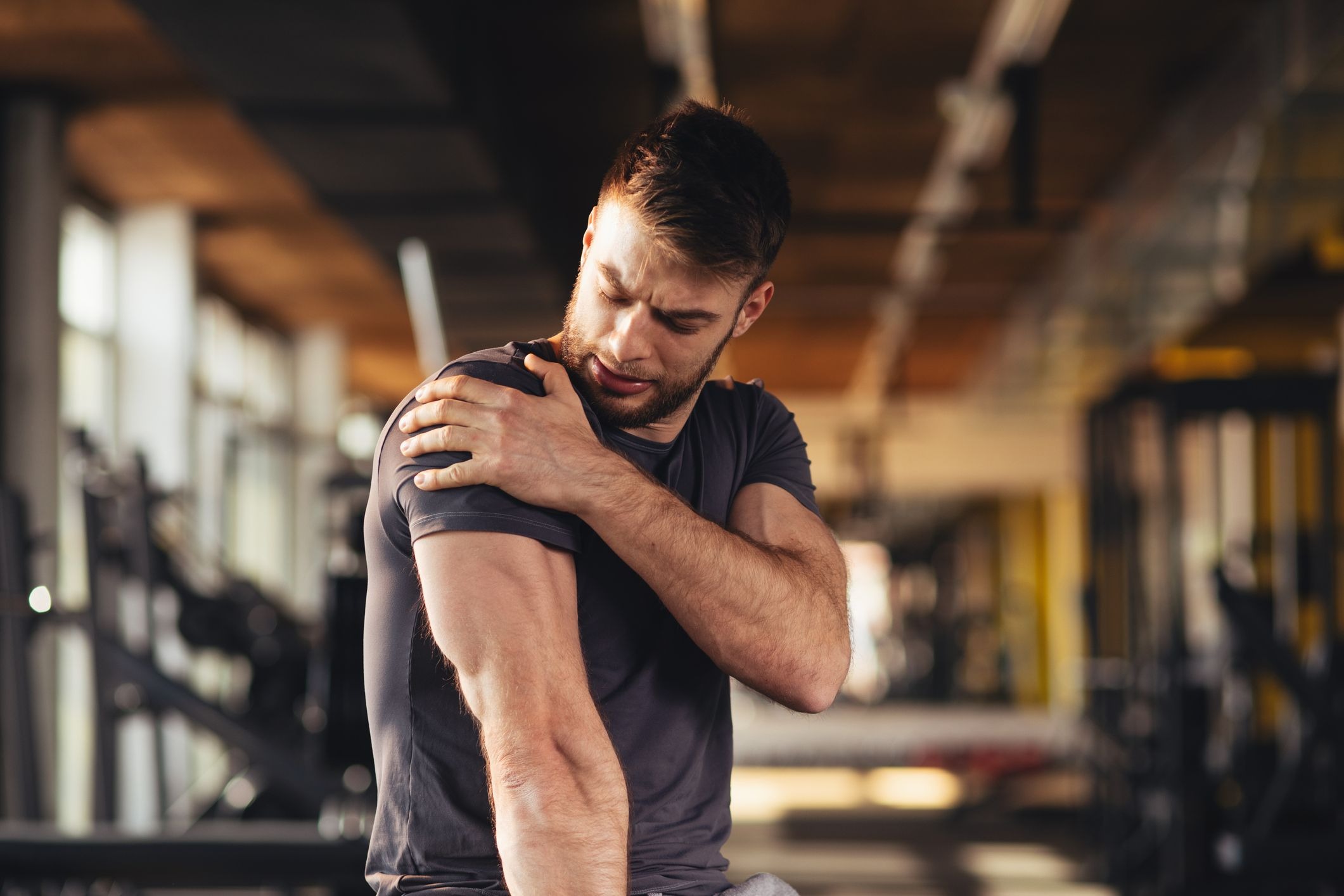You’ve pushed your body, lifted heavy weights, and broken a good sweat. Now what? The time after your workout is just as important as the workout itself. Think of it as a crucial window for your body to repair, recover, and grow stronger. If you want to get the best results from your hard work, you have to have a plan for your recovery. The right recovery routine can help you to avoid muscle soreness, speed up healing, and get you back in the gym feeling great. The wrong recovery routine can lead to injuries, a lack of progress, and a lot of frustration.
This guide will give you a complete and easy-to-follow plan for workout recovery. We’ll show you the science behind why recovery is so important, the golden rules of a recovery plan, and a variety of practical and simple tips that will help you to heal faster and get stronger.
The Science of Soreness: What’s Really Happening in Your Muscles?
After a hard workout, you will often feel muscle soreness. This is a natural response to a workout, and it is a good sign that your muscles are growing. The soreness you feel is called DOMS, or Delayed Onset Muscle Soreness. It happens because during a workout, you create tiny tears in your muscle fibers. These tears are what cause the soreness. Your body then uses a process of repair and growth to fix these tears, which makes your muscles bigger and stronger.
The goal of a recovery routine is to help your body with this process of repair and healing. The faster you can help your body with this process, the sooner you will be able to get back in the gym feeling great.
The Golden Rules of Recovery
Before you even start to think about what to do for recovery, there are a few important rules you need to follow to ensure you have a safe and effective plan.
1. Fuel Your Body Right
Your body needs fuel to repair itself and to grow. The food you eat after a workout is the fuel for your body’s repairs. You should focus on eating a good amount of protein to repair your muscles and a good amount of carbohydrates to replenish your energy.
2. Rest is a Must
Your muscles don’t grow in the gym; they grow when you are resting. A good night’s sleep is a time for your body to repair itself and to grow stronger. You should get at least 7-9 hours of sleep every night. You should also take a rest day from the gym to let your body recover.
3. Hydration is Key
You should drink a lot of water before, during, and after your workout. Dehydration can lead to a drop in your performance and can cause a lot of health problems. You should aim for about 8 glasses of water a day, or more if you are exercising.
The Top 10 Workout Recovery Tips
Here are 10 of the best and most practical tips that will help you to avoid muscle soreness and speed up healing.
1. The Cool-down (The First Step)
A cool-down is a way to get your body back to a normal state after a workout. It helps to reduce muscle soreness and to speed up healing. A simple cool-down should include:
- 5-10 minutes of light cardio (like a brisk walk on a treadmill or jumping jacks).
- Static stretches (holding a stretch for 30 seconds).
A good cool-down is the first step to a great recovery.
2. The Post-Workout Meal
A post-workout meal is a crucial part of your recovery. You should aim to eat a meal within 30-60 minutes after your workout. Your meal should have a good amount of protein and carbohydrates.
- Protein: Chicken, fish, eggs, and Greek yogurt are great sources of protein.
- Carbohydrates: Brown rice, sweet potatoes, and oatmeal are great sources of carbs.
A good post-workout meal can help to repair your muscles and to replenish your energy.
3. The Power of a Good Night’s Sleep
Sleep is a time for your body to repair itself and to grow stronger. A person who gets a lot of sleep is a person who will recover faster from a workout. You should aim for at least 7-9 hours of sleep every night.
4. The Power of a Foam Roller
A foam roller is a tool that can help to reduce muscle soreness and to speed up healing. It is a cylinder-shaped tool that you can use to give yourself a deep tissue massage. You can roll it on your sore muscles, which can help to reduce muscle soreness and to improve blood flow.
5. The Power of Light Exercise
A rest day does not mean a day of no movement. A person who does some light exercise on a rest day, like a short walk or a bike ride, will recover faster than a person who does nothing. This is called active recovery, and it helps to get more blood to your muscles, which can help to reduce muscle soreness.
6. The Power of a Warm Bath
A warm bath with some Epsom salt can be a great way to reduce muscle soreness and to speed up healing. The warm water can help to relax your muscles, and the Epsom salt can help to reduce inflammation.
7. The Power of a Massage
A massage is a great way to reduce muscle soreness and to speed up healing. A massage can help to improve blood flow to your muscles and can help to break up muscle knots. You can give yourself a massage with a foam roller or with a massage gun.
8. The Power of Ice and Heat
A person who is feeling muscle soreness can use ice or heat to help with the pain.
- Ice: Ice is good for a new injury. It helps to reduce inflammation and to numb the pain.
- Heat: Heat is good for muscle soreness. It helps to improve blood flow to the muscles, which can help with healing.
9. The Power of Supplements
Supplements can be a great way to help with your recovery.
- Whey Protein: Whey protein is a great way to get a lot of protein after a workout.
- BCAAs: BCAAs can help to reduce muscle soreness and inflammation.
- Creatine: Creatine can help to improve your strength and to build muscle.
10. The Power of Listening to Your Body
You should always listen to your body. There is a difference between a good muscle burn and pain. If you feel any sharp pain during an exercise, you should stop. It is a sign that something is wrong. You should not push through pain. You should rest and let your body recover.
Conclusion: Your Recovery is Your Progress
Your recovery is just as important as your workout. A person who has a good recovery routine is a person who will get stronger, will recover faster, and will get the results they’ve always wanted. The tips in this guide are a simple and effective way to help you with your recovery. You should use a cool-down, you should have a good post-workout meal, and you should get a good night’s sleep. Your recovery is a blueprint for your progress.



